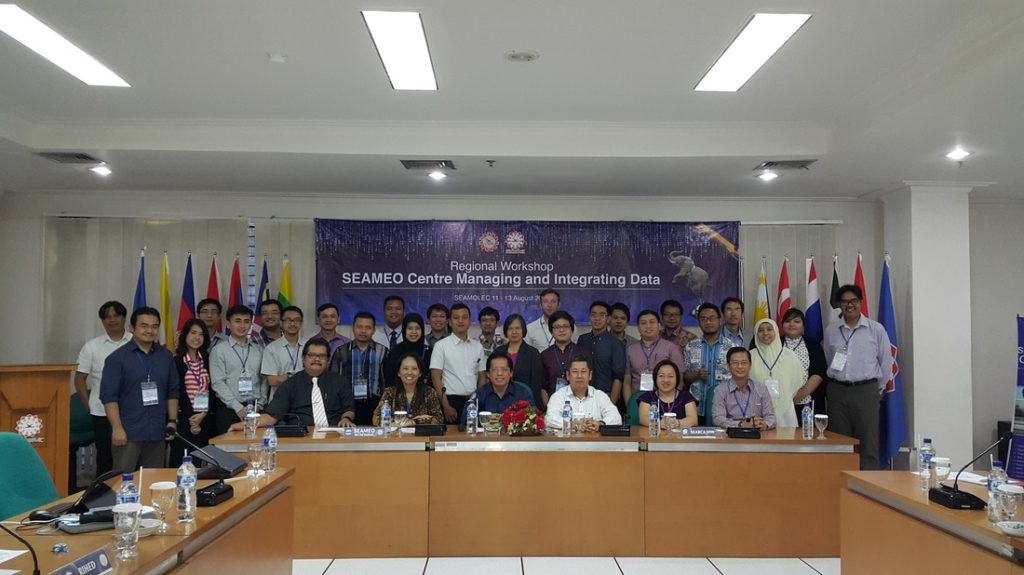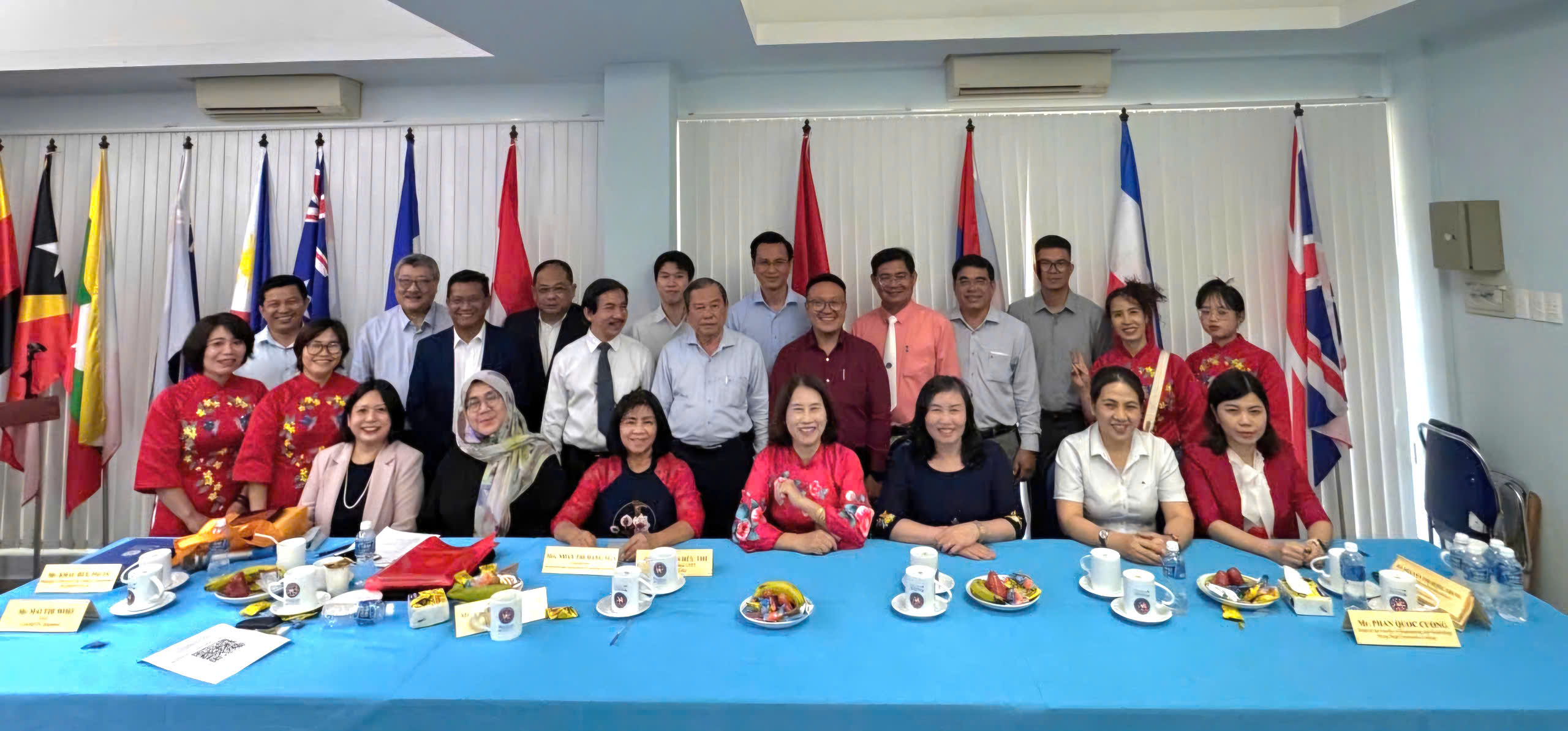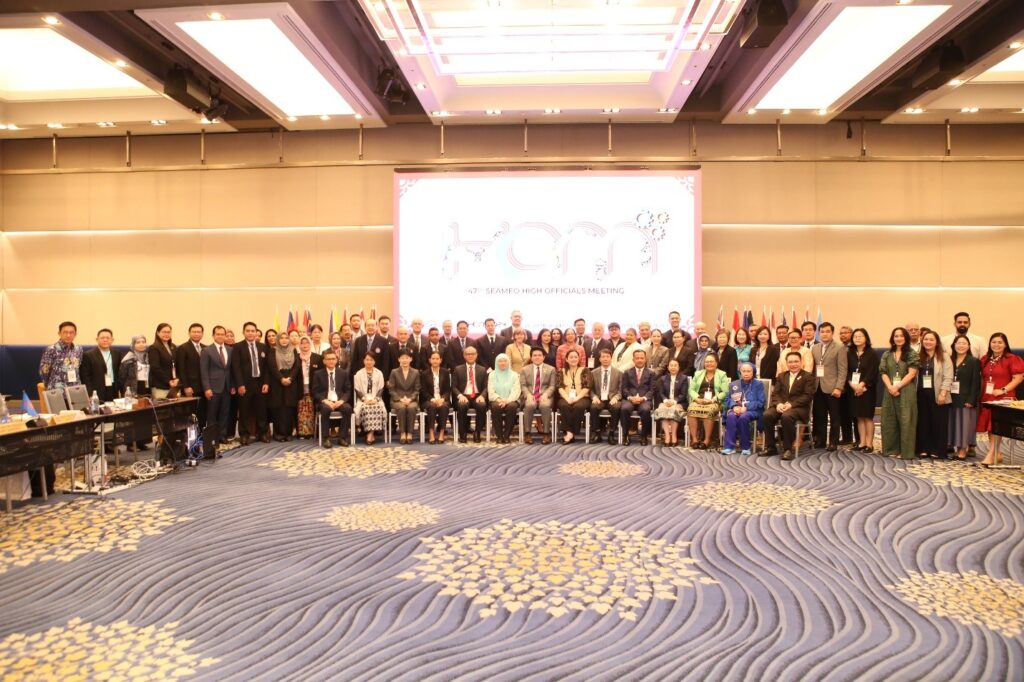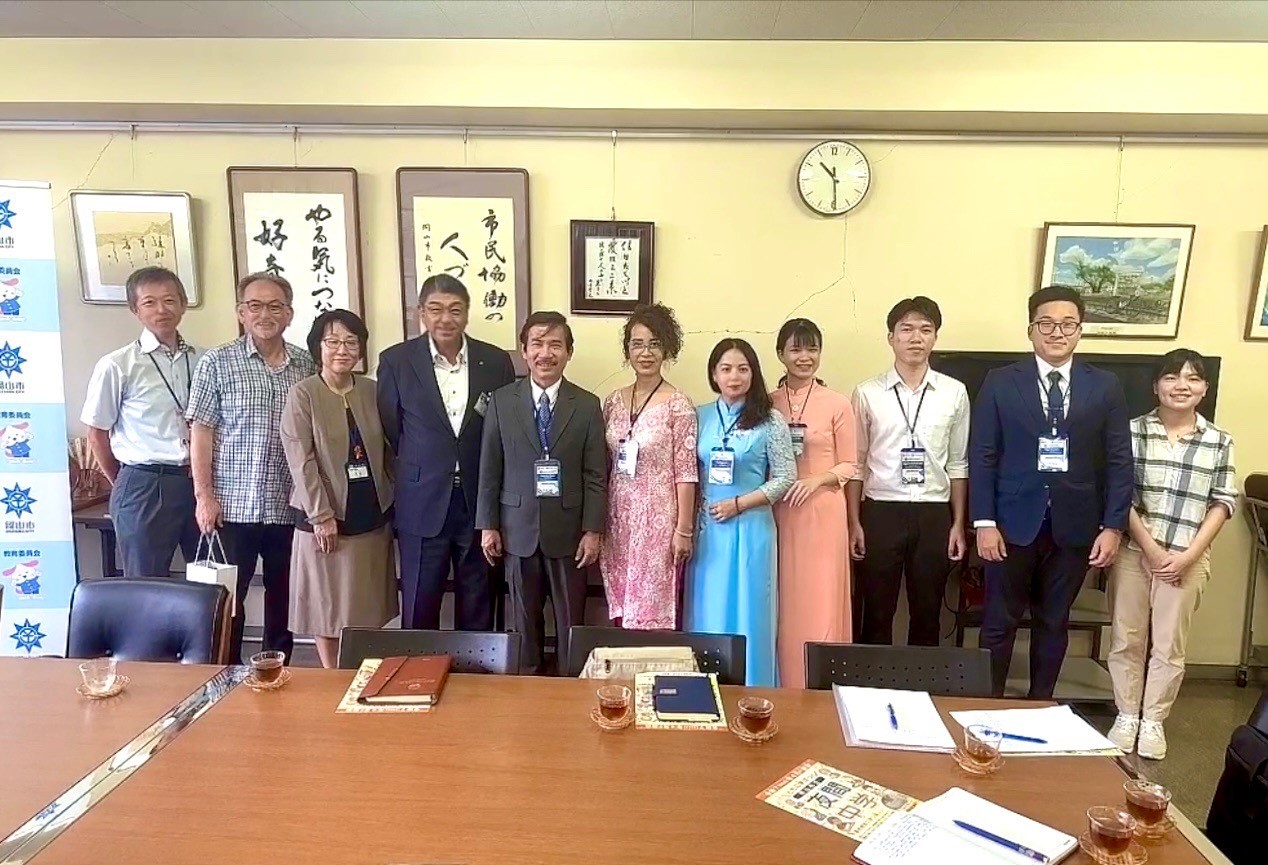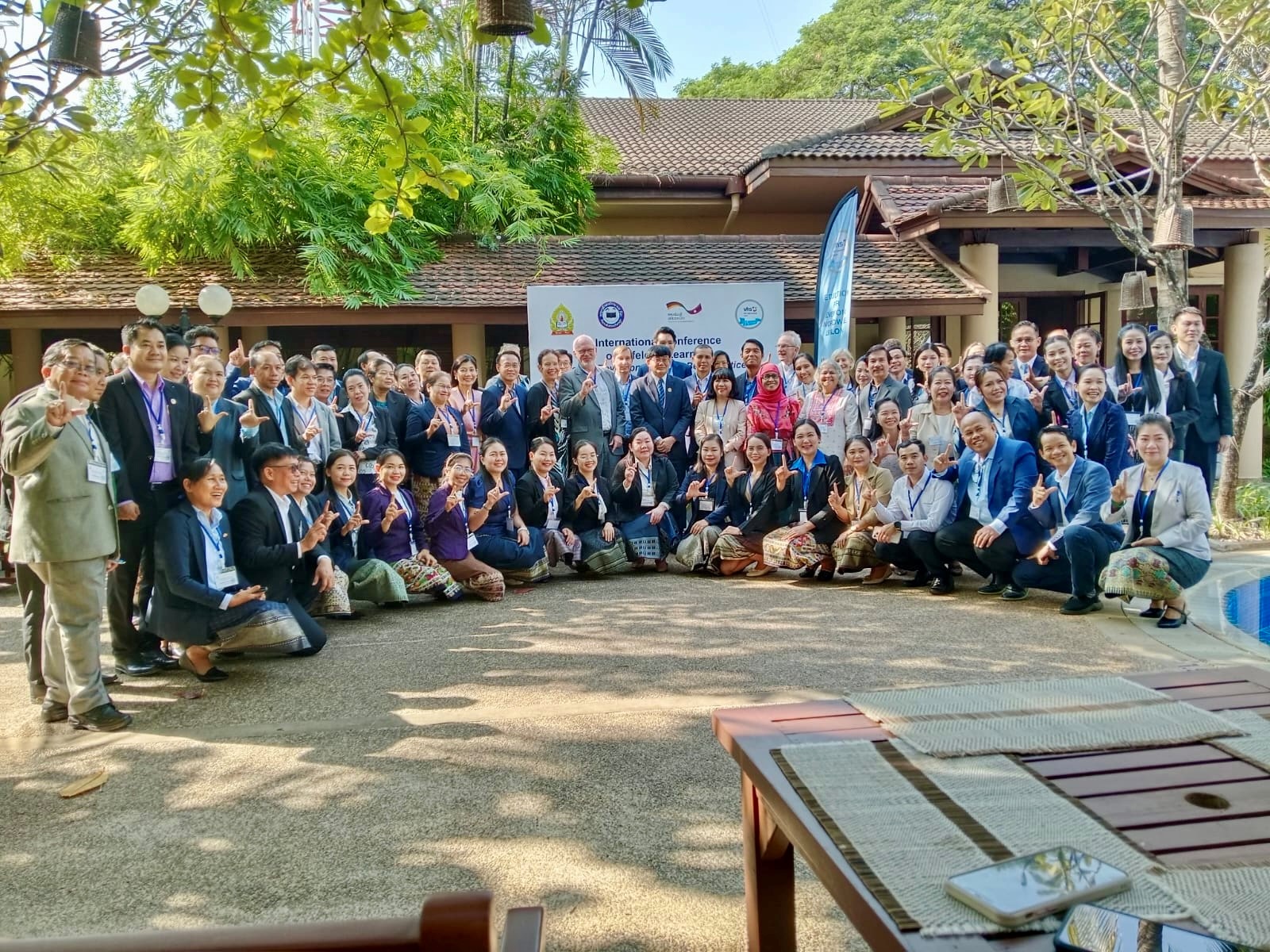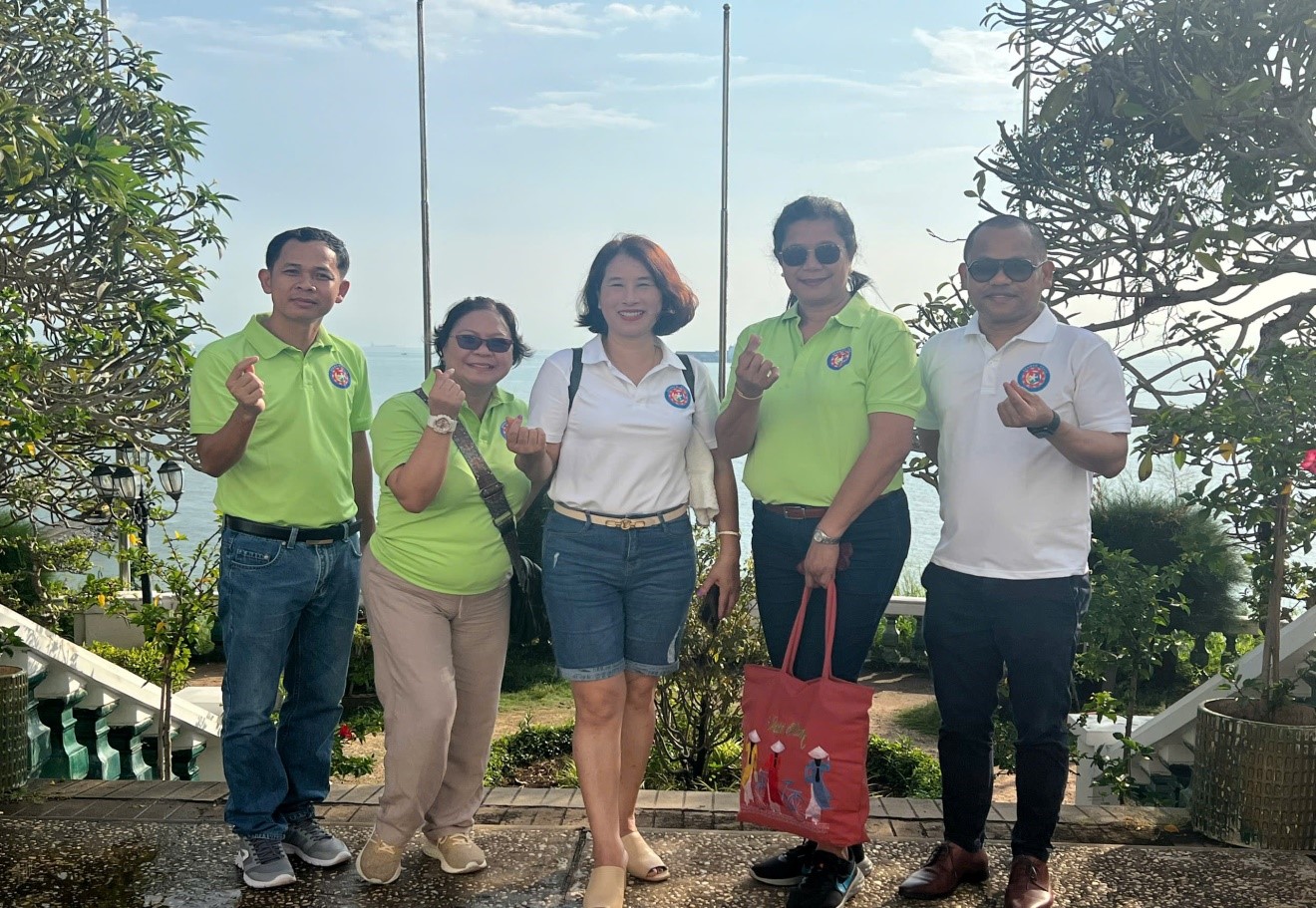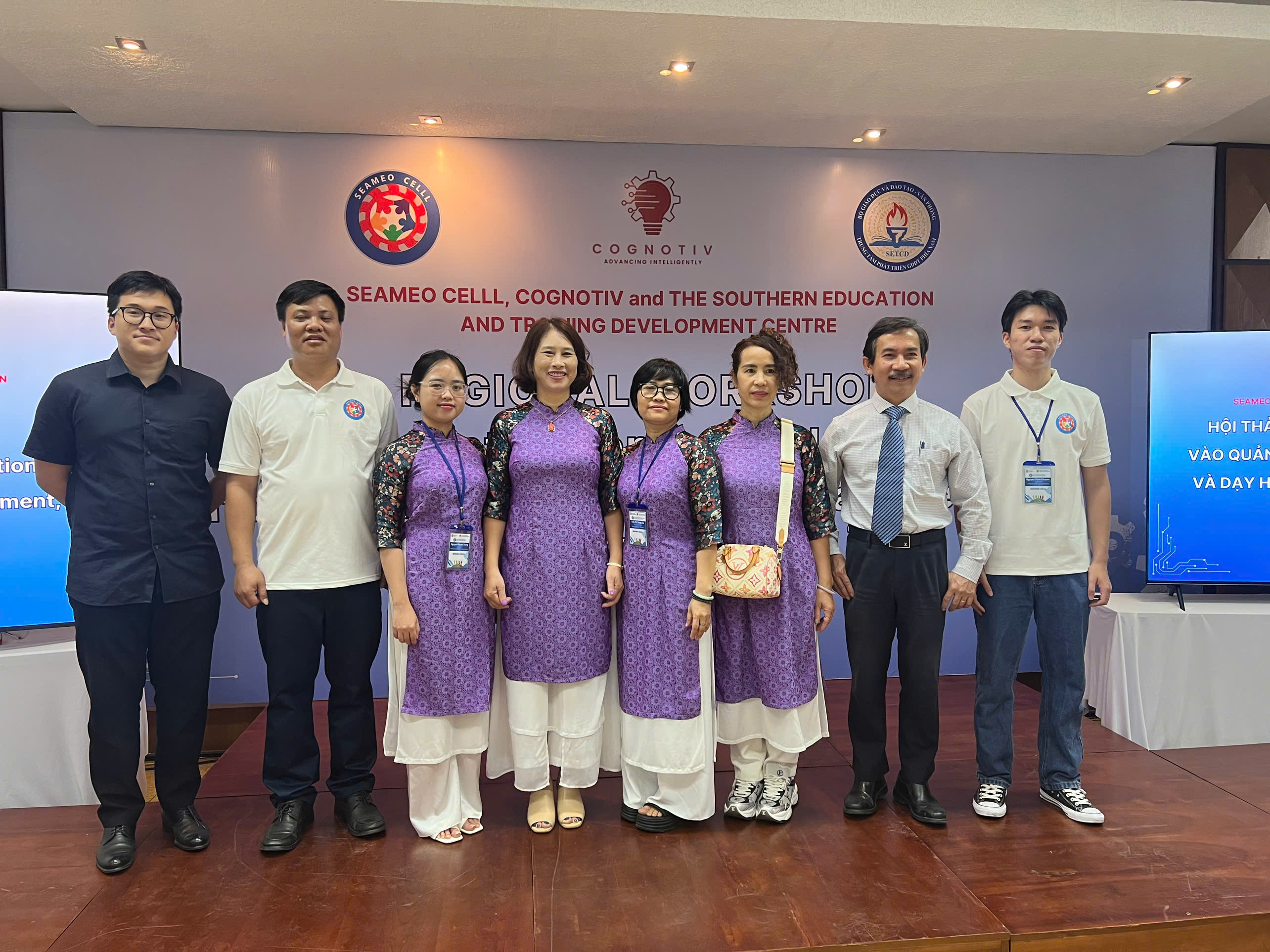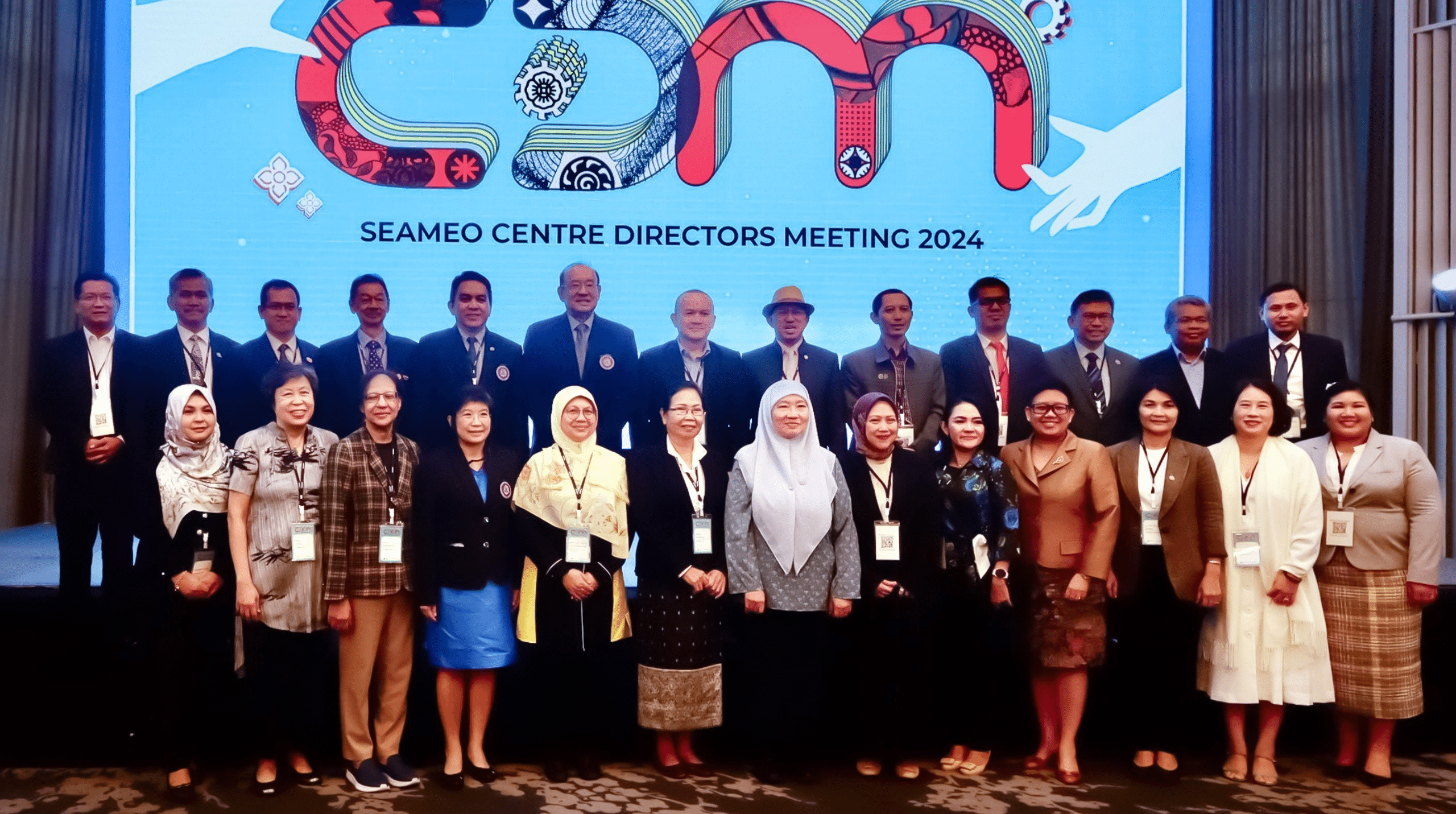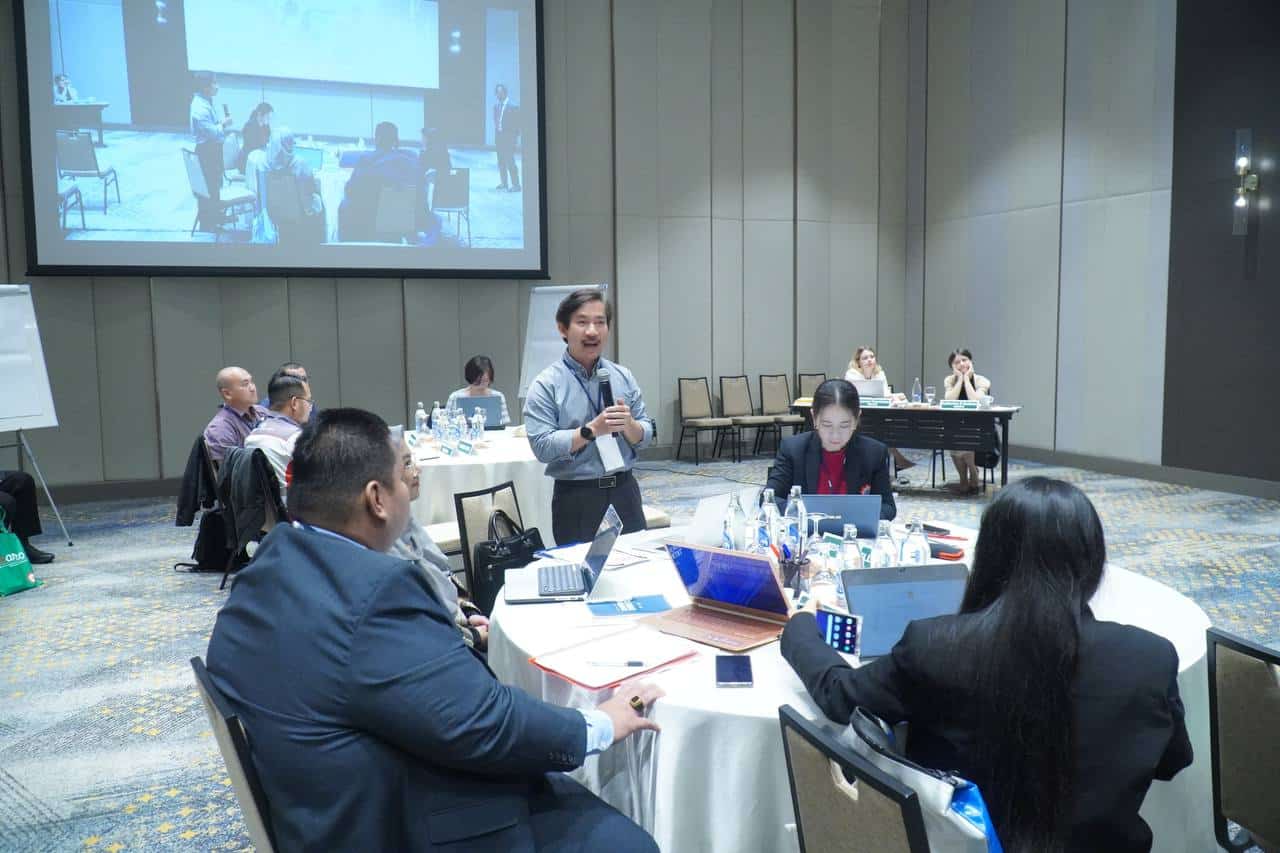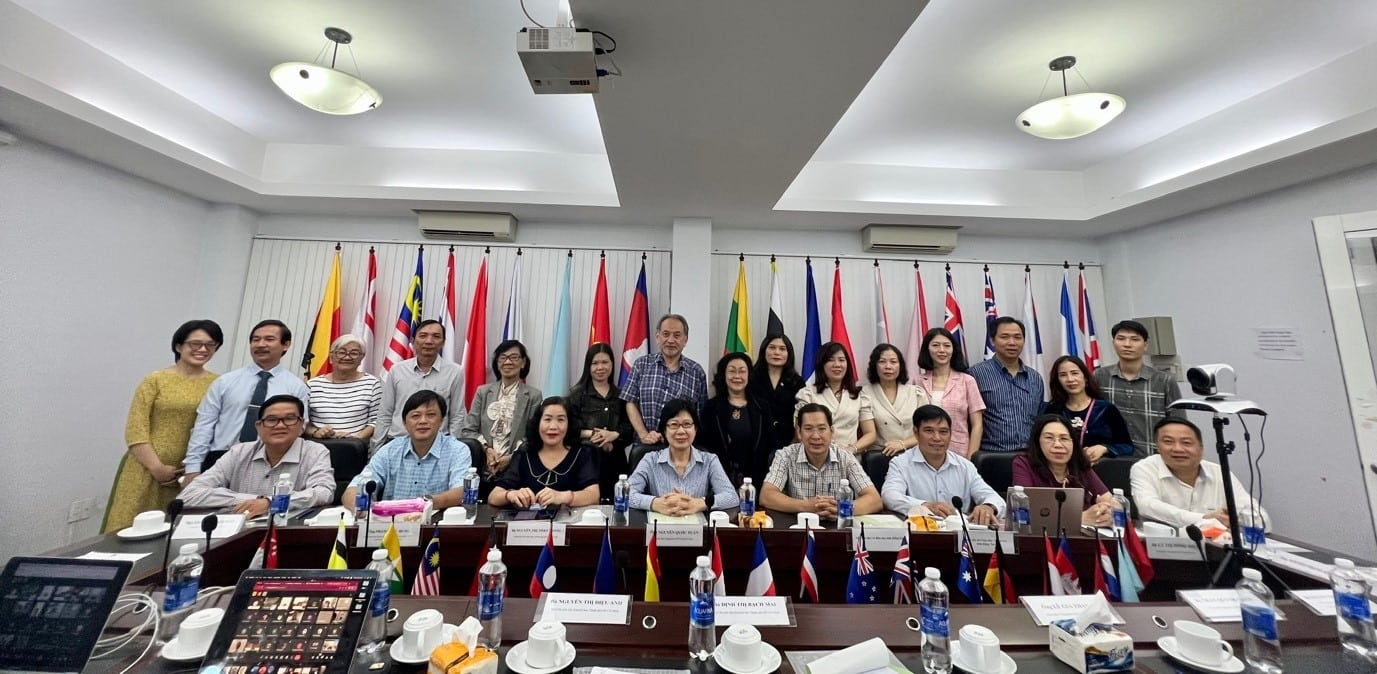During the three days of March 14-16, 2024, the Vietnam National Institute of Educational Sciences (VNIES) organized two back-to-back educational events: the International Conference on “Towards a quality education from the perspectives of educational strategic planning and ensuring educational equity” at the Melia Hotel, Hanoi, and the training course on “Educational strategic planning and implementation of educational equity policies to ensure quality education” at the Adonis Hotel, Hanoi.

Attendees included Deputy Minister of Education and Training Nguyen Van Phuc; Prof. Dr. Le Anh Vinh, Director of VNIES; Dr. Mai Anh Trinh, Deputy Director of VNIES; Ms. Le Thi Hong Van, Acting Director of the Department of Cultural Diplomacy and UNESCO – Ministry of Foreign Affairs, Secretary-General of the UNESCO National Commission of Vietnam; Mr. Jonathan Baker, Head of UNESCO Vietnam; Ms. Miki Nozawa, Head of UNESCO Vietnam Education Programme; Mr. Christoph Jost, Director of DVV International Southeast Asia Region, along with more than 70 experts, researchers, policymakers, educational administrators, and educators from research institutes and universities, Departments of Education and Training, and international educational organisations from within and outside the country. Representing SEAMEO CELLL was Mr. Khau Huu Phuoc, Head of Research and Training Department.

The workshop was organized to create a forum for researchers, educational administrators, and experts to discuss issues related to: Educational equity – the role of stakeholders in the implementation process; steps to develop an educational strategic plan towards educational equity; the role of educational strategic planning and implementation of equity policy to ensure the quality of education; experiences and practices on equity in educational policy making; educational strategic plans in countries and lessons learned for Vietnam.
Three remarks opened the conference. In his opening address, Deputy Minister Nguyen Van Phuc underscored the recent educational achievements that Vietnam has achieved, affirming that Vietnam is surpassing many other countries with the similar income levels in delivering equitable and quality education. He highlighted Vietnam’s achievement in achieving universal education for 5-year-old children, the diversified development of continuing education, and enhancements in the quality of formal education. He also noted the improved quality of formal education and Vietnam’s active pursuit of digital transformation in education. Finally, he expressed his hopes for fruitful outcomes from the conference.
Following Deputy Minister Phuc’s remarks, Ms. Le Thi Hong Van mentioned the global challenges that make educational innovation an urgent task. She emphasized the importance of an appropriate educational development plan to effectively address these challenges. Subsequently, Mr. Jonathan Baker echoed the urgency of educational innovation, not only in Vietnam but also in many other countries worldwide, particularly in light of potential challenges in achieving sustainable development goals by 2030. He commended Vietnam’s political commitment and efforts in promoting gender equality in education.

The plenary session of the conference featured 7 presentations. Mr. Nyi Nyi Thaung, UNESCO Bangkok Programme Specialist, focused on equity, inclusion, and gender equality. He confirmed that Vietnam is promoting educational innovation, and cited the example from the 2019 Education Law that Article 15 identifies inclusive education as the purpose of Vietnamese education. Dr. Sherlyne Acosta, a senior education research specialist at SEAMEO INNOTECH, presented on strategic planning through policy innovation cycles. She emphasized the need for a long-term vision for this work. She outlined a policy cycle, which usually has 6 stages: Problem identification – Policy formulation – Legitimation – Implementation -Evaluation – Decision to keep, continue, or replace the policy, and usually lasts 10 years. This process must be viewed within the context of the overall education system, considering aspects of education level, education type, and related general issues such as gender, technology, and HIV. Once a new policy is in place, strategies can be developed, from which specific action plans can be developed.

The afternoon plenary session opened with a presentation by Mr. Christoph Jost. He introduced DVV International. This is the international cooperation agency of the German Adult Education Association (DVV), responsible for coordinating and promoting adult education activities worldwide through the DVV regional offices. DVV International has over 200 partners in over 30 countries in Asia, Europe, Latin America, and Africa. He also presented on the concept of adult education from UNESCO’s perspective. Adult education is not necessarily only for adults because the definition of adulthood is not entirely the same across countries, and many young people in need can still participate in classes that are considered to be for adults. He highlighted that adult education provides multiple learning pathways and flexible learning opportunities, and that in a rapidly changing world, adult education is more important than ever in helping to make education more equitable and inclusive, enabling everyone to develop their full potential.

Dr. Nguyen Thi Kim Hoa, Vietnam National Institute of Educational Sciences, continued the programme with a presentation on the planning of a specialised education system. She said that there is a large gap in the number of specialised schools across regions, and between public and private schools, and the proportion of children with disabilities, especially preschoolers, attending school is very low, only 0.1% (2011-2015) and 0.18% (2016-2020), and children with severe disabilities almost do not go to school at all. Currently, Vietnam has three types of schools for children with specialised needs: specialized schools, inclusive schools, and semi-inclusive schools. Given children from specialized schools have difficulty going to higher education, the aim should be to increase the number of inclusive schools to facilitate higher education access for children transitioning from these schools. According to her, Vietnam’s goal is that by 2025, at least 50% of provinces/cities will have at least 1 inclusive education centre, and by 2030 it will be 100%. At the same time, it is still necessary to develop specialised education schools to provide sufficient learning opportunities for children, especially those with severe disabilities. The development of this school system requires many resources, including financial resources, so it is necessary to socialise the education of children with disabilities.
Continuing the program, Dr. Trinh Thi Anh Hoa, from the Vietnam National Institute of Educational Sciences, presented on social equity in Vietnamese education towards the goal of sustainable development. She cited Vietnam’s international commitments related to the United Nations Charter, International Human Rights Law, the International Convention on the Elimination of All Forms of Racial Discrimination, the International Convention on the Elimination of All Forms of Discrimination against Women, and the International Convention on the Rights of the Child. All of these aim to implement human rights, including the right to education and career guidance. Vietnam has implemented many policies to ensure social equity in education, such as universal education, compulsory education, literacy eradication, scholarships, credit grants, tuition waivers, and educational support for disadvantaged groups such as children with disabilities, children from ethnic minorities, children from disadvantaged families, gender priority, and the development of an education system and staff, and flexible and diverse curricula. As a result, the quality of education has been improving.
The afternoon session concluded with two presentations showcasing successful practices by organisations striving to provide equitable learning opportunities for all children. These were ChildFund and Room to Read, presented by Ms. Ton Thi Tam and Nguyen Nuong in that order. ChildFund is an Australian educational organisation operating with the vision of a world without poverty, where children say “I am safe, I am educated, I contribute, I have a future.” ChildFund is currently focusing on three areas: Child Protection, Education for Children, and Health and Well-being for Children, which are being implemented in phase 2 of the “My Right to Education” project for children with disabilities in Cao Bang and Bac Kan. The project has had many good results, such as all schools in the area now having an annual plan to support inclusive education, districts having Inclusive Education Departments, Na-Ri District having established an Association for People with Disabilities, and many inclusive playgrounds having been built in the community. The second unit is the children’s picture book publisher Room to Read, which operates in 29 countries around the world. In Vietnam, the project serves two main target groups: primary school students and female students, and has been implemented in 46/63 provinces. Room to Read’s three main activities are setting up friendly libraries, publishing books and cloud libraries, and developing Vietnamese language skills for ethnic minority students in order to promote equitable access and inclusion in language development for primary school students.

To conclude the working day, Dr. Mai Anh Trinh reviewed the main points that had been emphasized in the presentations. He stressed that education is a collective responsibility requiring collaboration from society as a whole. He also noted that due to the many aspects of education, the conference could only focus on equity, inclusion, and especially for children with disabilities within the scope of one day.
The conference was followed by 2 days of training (March 15 and 16) at Adonis Hotel, Hanoi, which was more practical than the macro-level discussions of the first day. The training focused on education policy planning techniques. Participants included Director Le Anh Vinh, representatives of the Bac Ninh Department of Education and Training, SEAMEO CELLL, and teachers.

In his opening speech for the training, Prof. Le Anh Vinh emphasised that education is for everyone, but major barriers make the provision of educational opportunities a vicious circle: difficult circumstances limit access to education, which impeded people’s learning new knowledge and skills to improve their lives, so they cannot escape difficult circumstances. This requires good educational planning to help people in difficult circumstances escape this perpetual circumstances. He hoped that through the two days of training, the delegates would gain the basic knowledge to develop strategic education plans.
The working day began with a presentation by Dr. Trinh Thi Anh Hoa, representing the expert group of the Vietnam National Institute of Educational Sciences. She clarified that a strategic plan gives directions rather than strict paths, and is a bridge between goals and specific actions at 3 levels (national, local, and institutional). In the process of building goals, it is necessary to focus on 5 criteria: Specific, Measurable, Aggressive but Attainable, Result-oriented, and Time-bound. The five English words are abbreviated to SMART, implying that it is necessary to be wise when setting goals.
After Ms. Anh Hoa’s general introduction to the strategic planning method, Mr. Nguyen Van Chien, representing the expert group of the Vietnam National Institute of Educational Sciences, described the basic indicators for developing local education development plans. He distinguished between indicators (which show changes over time or space, measured by number of times or percentage) and targets (levels to be achieved). He explained that the development of indicators and targets should be informed by various factors, including Central Party Resolution, national development strategies, governmental resolutions, international commitments, and past, present, and projected development practices.
During the afternoon session, Dr. Tran Thi Phuong Nam guided the participants through the techniques for making forecasts in the development of local education plans. Forecasting is a scientific prediction, indicating the probability of the state and development trend of an object. In education, forecasting is the estimation and calculation of aspects related to education in the future, often employing methods such as expert assessment, normative forecasting, and flow chart analysis.

At the end of the working day, Dr. Pham Thi Thuy Hong, representing the expert group of the Vietnam National Institute of Educational Sciences, introduced the general structure of the local education development plan. A strategic development plan must identify the mission and vision of the locality in the overall national development. The mission is HOW to get where the organization wants to go. It answers the question “What do we do? What makes us different?” The vision is to plan WHERE the organization wants to go. It answers the question “What is the organization’s goal?” or in other words “What is the destination? What are the specific goals to achieve the overall goal?” Goals are broken down to objectives that prompt actions, hence an action plan. A good plan should state the context of education, the orientation of education, and from there, propose the strategic goal and propose strategic solutions and action plans. The second training day was devoted to practical exercises in developing local education strategic plans. The large amount of knowledge presented in summary on the first day was applied to specific situations, and the participants were able to make preliminary drafts of a strategic plan.
This series of conferences and training sessions was organised by the Vietnam National Institute of Educational Sciences within the framework of the UNESCO Participation Programme to enhance the quality of Vietnamese education in alignment with the nation’s efforts to establish a Law on Lifelong Learning aimed at providing equitable and high-quality learning opportunities for all Vietnamese citizens.

